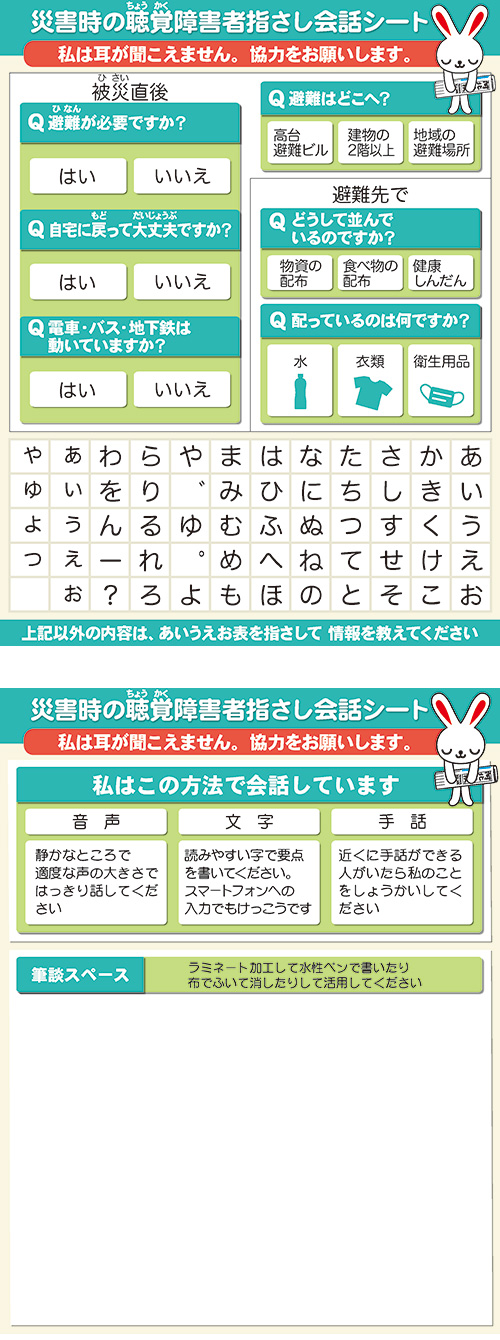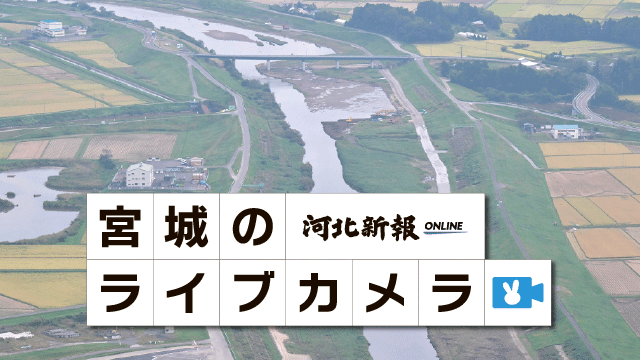Part 1: What Happened that Day (4-End) Isobe District, Soma / Vague Awareness of Tsunami Evacuation




◎Unable to protect children at home
When children are not at school, their safety is entrusted to their families or the community. During the Great East Japan Earthquake, the level of awareness against tsunamis is said to have determined the damage and evacuation process of the community. In Isobe District, Soma City, over 1% of the population lost their lives, including children who had returned home.
He couldn’t even call out, “Let’s escape.”
That day, fisherman Hatsumi Terashima (71) of Isobe District, S?ma City was in the shed next to his house. A little after 2:40 p.m., he noticed the family car pulling up in front of the house. His family had returned from picking up his two grandchildren, ten and seven years old, from Isobe Elementary School.
Around the same time, the ground began to shake violently. When he went back to the house, the refrigerator had tipped over and the tableware was scattered all over the floor. The ground in front of the house had cracked, spewing muddy water high into the air. His grandchildren were crying.
They split up and began cleaning the mess. About 30 minutes passed. Things had settled down, so Terashima headed towards his room on the first floor. He remembers that his eldest son and his wife, mother-in-law, and two grandchildren were still outside.
A few minutes after going into his room, he heard a deafening sound like an explosion. What looked like a black dump truck pulverized the window glass. It turned out to be a muddy stream of water.
He was pushed out of his room door, and blown outside the house from the porch. While struggling frantically in the stream, he managed to push his head above water. He could not believe what he was seeing. The second floor of his house was floating right in front of him.
Some rubble and a large pine tree were also drifting on the water. He held on to the debris as the waves washed over him.
There was nothing to do but to give in to the torrent. His grandchildren came to mind. “Please let them be safe,” he prayed.
Six Isobe Junior High School students and 11 Isobe Elementary School students, including Terashima’s two grandchildren, lost their lives to the tsunami.
According to a number of parents, the majority of students in the lower grades at Isobe Elementary had returned home by the time of the main shock. Isobe Junior High School had concluded their graduation ceremony in the morning, and was in their after-school period. Both school buildings were located on high ground. The children had lost their lives after returning to their communities, either heading home themselves or picked up by their parents.
Terashima lost all five family members who were outside, including his grandchildren. It was only about a three-minute drive from the house to Isobe Elementary. There had been time to escape.
Not only Terashima, but the entire community had only a vague awareness of tsunami evacuation procedures.
District officials unanimously report, “We had never practiced a community-wide disaster prevention drill anticipating a tsunami.”
Likewise, the 10 elementary schools in the city had ever conducted a tsunami evacuation drill before the disaster.
550 students. This is the number of the children in daycares, preschools, elementary and junior high schools, and special needs education schools of Iwate, Miyagi, and Fukushima Prefectures who became victims of the terrible tsunami. 460, or over 80% of these victims, lost their lives after being picked up or returning home.
◎ A harmful lack of tsunami experience / Slow response to fire corps guidance
40 minutes after the main shock, Masanori Sato (63), a seafood processing company manager, left home in his pickup truck.
There was no sense of urgency among the neighbors. Some were wandering around their houses, others walking their dogs.
Sato headed to higher ground near Isobe Elementary. He saw a cloud of dust rise from the coast. Immediately afterwards, black water advanced towards him, destroying houses in its path.
He shifted into reverse and slammed on the accelerator without even looking back. There should have been a path leading to a hill, around 20 meters behind him.
He leapt out of the driver’s seat and sprinted up the slope. He fell to his side, completely out of breath. When he got up, the residential area where his house stood had become an ocean.
Of the approximately 2,000 residents in Isobe District, Soma City, 251 were killed in the great tsunami. This is more than half of the 458 dead and missing persons from the entire city.
Many people in the region believed that “a tsunami would not reach here because of the shallow waters off Soma.” Even during the Chile Earthquake Tsunami of 1960, the waves did not go over the seawall. Following this “experienced-based knowledge” had catastrophic results.
Sato was also skeptical of the volunteer fire corps calling for evacuation. He had his wife (60) and eldest daughter (29) drive to Isobe Elementary, but he himself remained at the house.
Urged again by the fire corps to evacuate, he got in his pickup truck. The residents he saw on the way were later killed from delaying their escape. The fire corps member who had called out to him also became a victim.
The emergency radio at a section of the district had died after the main shock. The fire corps grew anxious at the slow reaction of the residents.
After the main shock, fire corps member Kazumi Endo (34) set off to observe the condition of the tide. It was retreating to an alarming degree.
Endo drove the fire truck back and forth between the residential area and fishing harbor, using a loudspeaker to urge evacuation. Many residents were cleaning up or chatting with their neighbors, others continuing their farm work.
Just as he was returning to the residential area from the fishing port, he heard the snapping of pine groves along the coast. Water erupted high with a deafening sound.
Blaring the siren, Endo drove fast inland. He had around 20 to 30 cars heading towards the sea make a U-turn. He saw a pitch-black wave chasing after him.
Around the same time, former fire corps member Ichiro Miyazaki (63) called out to the district chief, who was driving a fire truck to the residential area near the shore. “Tsunami’s coming. Don’t go there anymore.”
The chief responded, “Seems like there’s still a lot of people left. I’ll be heading out.” Soon after, the residential area was swallowed by the tsunami.
The Soma City fire corps lost 10 members, of which nine were from the ninth branch in Isobe District, including the district chief. They were struck by the tsunami in the midst of guiding others to evacuation.
◎Preparedness affects scope of damage: Schools and community should cooperate / Dr. Takao Kazumi, Professor at Tohoku Fukushi University (School Health Sciences)
There is a large difference in the number of children who were victimized in each region. This is influenced by conditions such as topography, previous tsunami history, and prior disaster and evacuation experience.
For example, the number of dead and missing students from elementary and junior high schools in Miyagi Prefecture is seven times that of Iwate Prefecture, which had suffered major losses during the 1933 Showa Sanriku Earthquake Tsunami and the 1960 Chile Earthquake Tsunami. In this context is a difference in local tsunami awareness and preparedness.
In particular, children in the lower grades of elementary school are easily influenced by their family and community. The same could be said for Isobe District.
Children spend more time outside of school, which makes it more likely for disasters to strike when they are at home, on their way to school, or on school holidays. Family and community play a very large role when it comes to protecting the lives of our children.
Providing disaster education at school is also an effective means to improve the disaster prevention skills of the community. If families create evacuation maps indicating shelter locations near home and on the way to school, this could develop into disaster prevention activities involving parents and the community.
Children with wisdom and knowledge of disasters will eventually grow into adults who will spread disaster awareness and preparedness, allowing it to take root in the community. This will take great effort over a long period of time.
Disaster will not wait for children to grow up. In the meantime, why not raise regional disaster prevention skills by forming a voluntary disaster preparedness organization, involving schools and junior high school students? If parents and local residents worked together to carry out exercises such as evacuation drills, communication would be easily facilitated during emergencies.
I would like districts and neighborhood associations to reach out to schools, with the understanding that protecting the children means protecting the community.
Translated by Jenna Moriwaki
January 6, 2013 (Sun.)
[Japanese] http://www.kahoku.co.jp/special/spe1114/20130106_02.html
 朝刊・夕刊
朝刊・夕刊 記事を探す
記事を探す FAQ
FAQ















